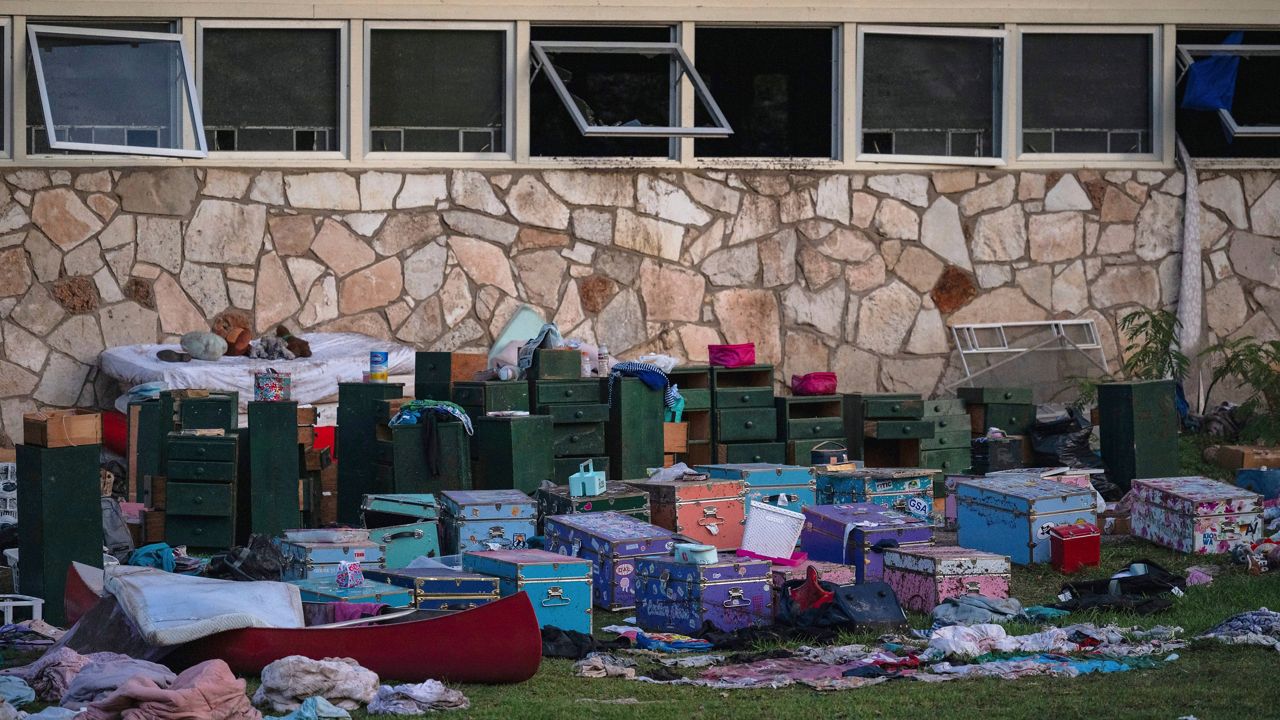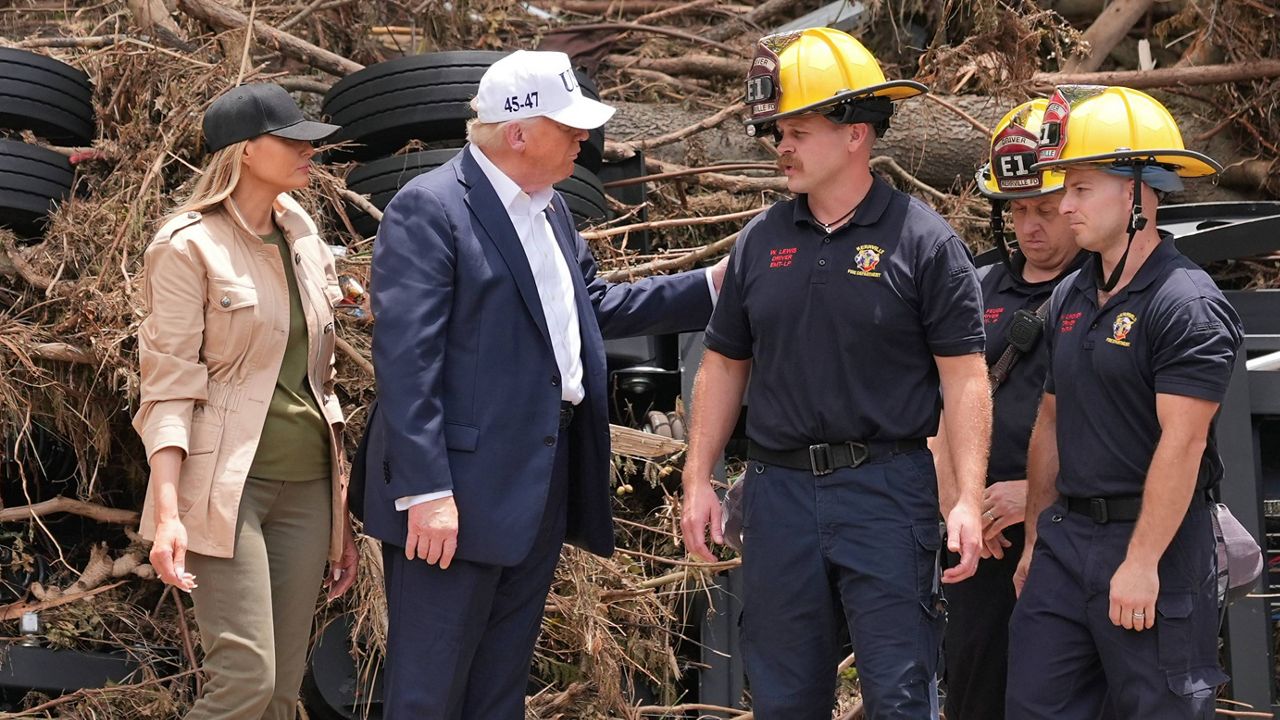Whether they pop, crackle or boom, consumer fireworks are more popular than ever. But they are also landing more people in the hospital.
Fireworks-related injuries increased 52% in 2024 compared with a year earlier, according to the U.S. Consumer Product Safety Commission.
A new CPSC data analysis from the American Fireworks Standards Laboratory finds consumers who use illegal fireworks that exceed federal explosive standards are most at risk of ending their Fourth of July celebrations with a trip to the emergency room.
In 2024, 14,700 people were treated in emergency rooms for fireworks injuries, according to the CPSC. Of those, 11 people died — four of them after fireworks were launched from a person’s head or abdomen or were held in their hands, despite the devices not being designed to be launched that way.
About 37% of fireworks injuries last year were burns; 22% were injuries to the head, face and ears; and 36% were wounds to the hands and fingers.
While three out of four patients receiving treatment for their injuries were released from the ER, one in five required admission to the hospital.
Sparklers alone accounted for 1,700 injuries treated in the ER last year — or about 33% of emergency room injuries, 6% of which ended in hospitalization. The spark-emitting handheld firework can burn at a temperature of about 2,000 degrees Fahrenheit, according to the CPSC, which recommends keeping a bucket of water or a garden hose available when using fireworks.
Reloadable aerial shells were associated with 18% of ER cases, 45% of which required hospitalization. Illegal devices accounted for 14% of total injuries but resulted in the greatest percentage of injuries requiring hospitalization — 56%.
Adults between the ages of 25 and 44 made up the largest share of injuries (32%), followed by people aged 15 to 24 (24%). About 73% of fireworks-related injuries involved males — consistent with data since 2016.
Among adults, reloadable aerial shells and illegal devices caused the most injuries. Illegal devices also accounted for the largest share of injuries requiring hospitalization among children.
“These illegal explosives are not fireworks,” the AFSL said in its annual fireworks report. “They have not been tested for compliance with federal standards and generally contain dangerous amounts of highly sensitive and very energetic explosive compositions.”
The non-profit corporation with a mission to improve fireworks safety says it tests about 70% of the consumer fireworks imported into the U.S. each year, the majority of which come from China. The remaining 30% of imported fireworks do not comply with federal law and pose the greatest risk of injuries to the consumer, according to the group.
Many illegal fireworks devices are packaged and marketed as legitimate consumer fireworks — and at increasing volumes. The number of fireworks consumers use each year has doubled since 2000, from 152.6 million pounds to 322.8 million pounds in 2024.
The AFSL cited reloadable aerial shells, multiple-tube devices, rockets, missiles and large firecrackers as containing illegal amounts of explosive materials that are openly sold to consumers without listing a manufacturer or including warnings or instructions on the package.
Fireworks rank 154 out of the 757 products that cause the most injuries, according to the National Electronic Injury Surveillance System. Floors, steps and beds are the products involved in the highest injury rates.
While the injury rate per 100,000 pounds of consumed fireworks has fallen from 7.2 in 2000 to 4.5 in 2024, the rate has risen since 2023, when it was 3.6.
The CPSC suggests American only purchase fireworks that are labeled for consumer use — not for professionals — and that they never use them while also drinking alcohol or taking drugs.










